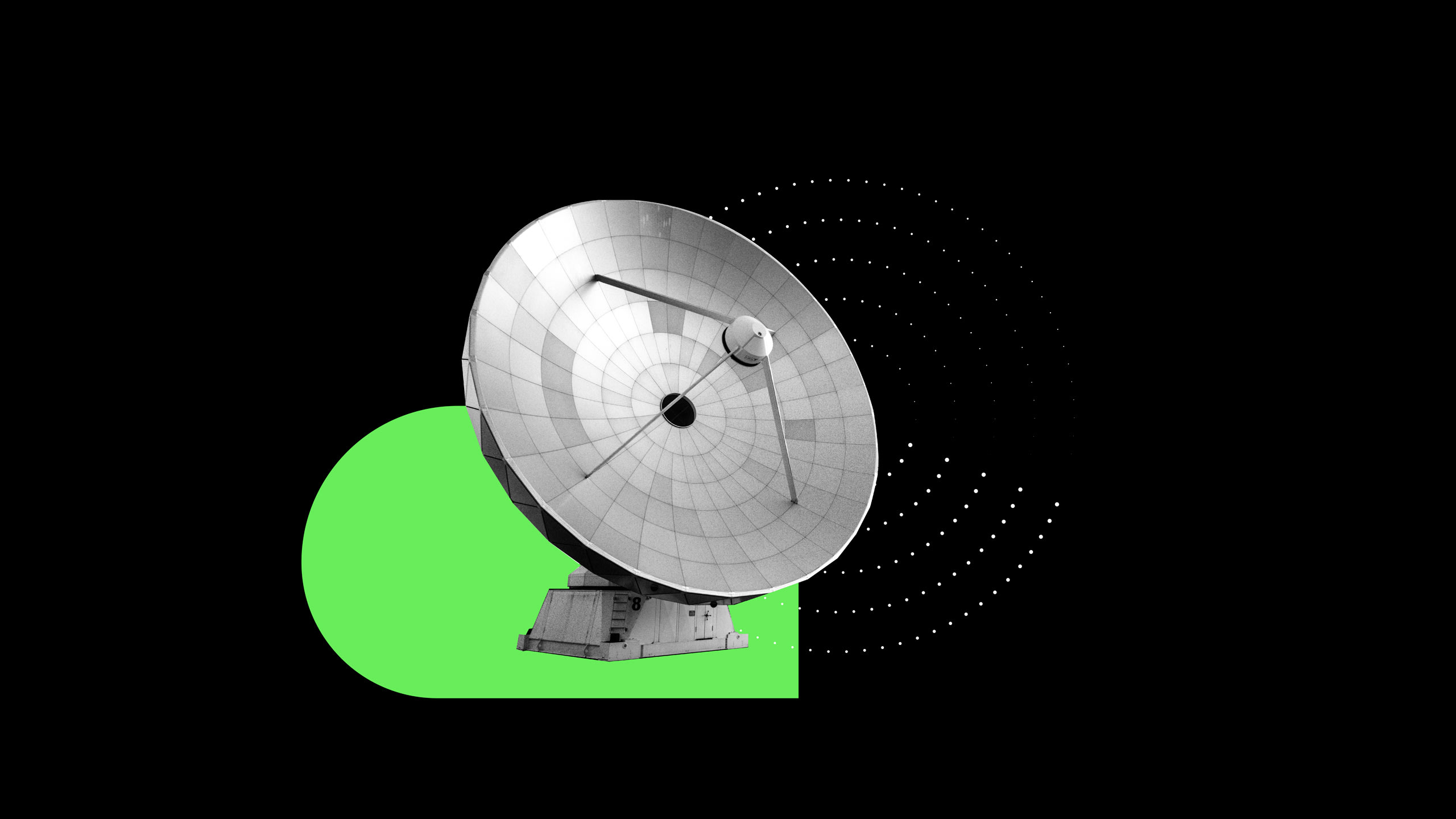
Getting field service right: How to fix service level agreement breaches
“It’s okay, I’m happy to wait…”, said no one to a customer service agent ever. From the customer's perspective, all problems and requests are urgent. From the company's perspective, every request must be addressed at some point, but some are more urgent than others. The key is to prioritize effectively without damaging customer satisfaction.
When responding to customer inquiries, the contact center, customer service and field service come together in a process that seems fairly straightforward. The request comes in, field service is assigned, and customer service handles the correspondence. But when there are too many requests and no clear system to prioritize effectively, things get difficult.
Field service workers are an integral part of the utility industry and are responsible for the construction, maintenance and rehabilitation of general infrastructure, on top of customer service. That’s why effective staff management and streamlined processes are absolutely essential to ensure efficient field operations and ultimately satisfied customers.
So how do you make that happen?
Let’s take a look at how Celonis can help.
Getting priorities right
A service level agreement (SLA) defines the expectations between the provider and the customer and describes the products or services to be delivered. This makes SLA compliance an important metric for measuring the effectiveness of customer service and assigning urgency to customer requests. And if SLAs are not met, well, there’s a high probability that customers will churn.
Now, let's bring in Celonis to see why SLA breaches occur and how we can prevent them in the future.
Celonis visualizes every business process as it really happens with process mining. Companies can see their process exactly as it runs in their systems — and identify areas that need improvement. To address SLA breaches for customer service requests, we look at the end-to-end customer operations process, from the moment the customer call is received to field service being deployed if necessary, to the resolution and closing of the ticket.
Looking at the full picture makes it easy to identify bottlenecks and systemic issues such as late repairs and SLA violations. We can also see how our KPIs are tracking and investigate further if things are looking iffy. In this case, it makes sense to look at the SLA adherence rate. If it’s low, there’s undoubtedly an issue.
Now that we know where the problem is, we can unleash the full power of the Celonis EMS to fix it.
The Celonis EMS pulls in real-time data from your underlying transactional systems. It can easily identify all customers at risk of an SLA breach in the next few days. It then uses machine learning to determine the likelihood of churn at that point in time by analyzing past process behavior and the type of customer.
This process can be fully automated, so Celonis continuously analyzes millions of customer tickets and predicts the likelihood of a particular customer churning if the ticket isn’t effectively and urgently resolved. This allows field service agents to be sent exactly where they are needed the most, ensuring efficient capacity utilization — and reducing customer churn.
Voilà! We’ve solved the problem of SLA breaches. Celonis automatically prioritizes each customer ticket based on SLA prediction, churn probability, and customer importance. This way, every employee in the customer operations process works on the most urgent tickets every day, delivering a world-class customer experience.
Ready to transform your processes? Read more about how Uniper, one of Europe’s largest energy suppliers, went from one process mining project to its own process center of excellence.






